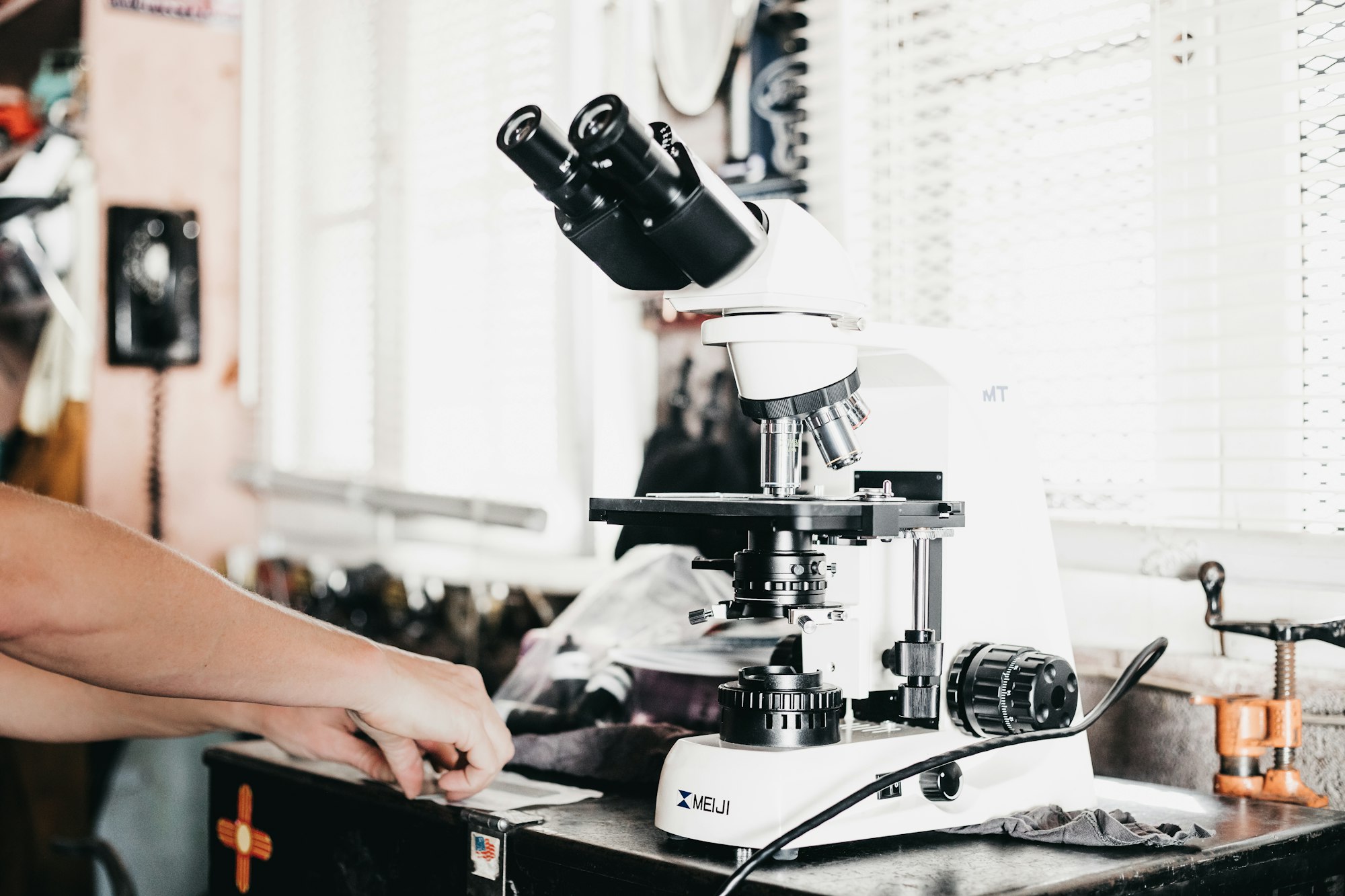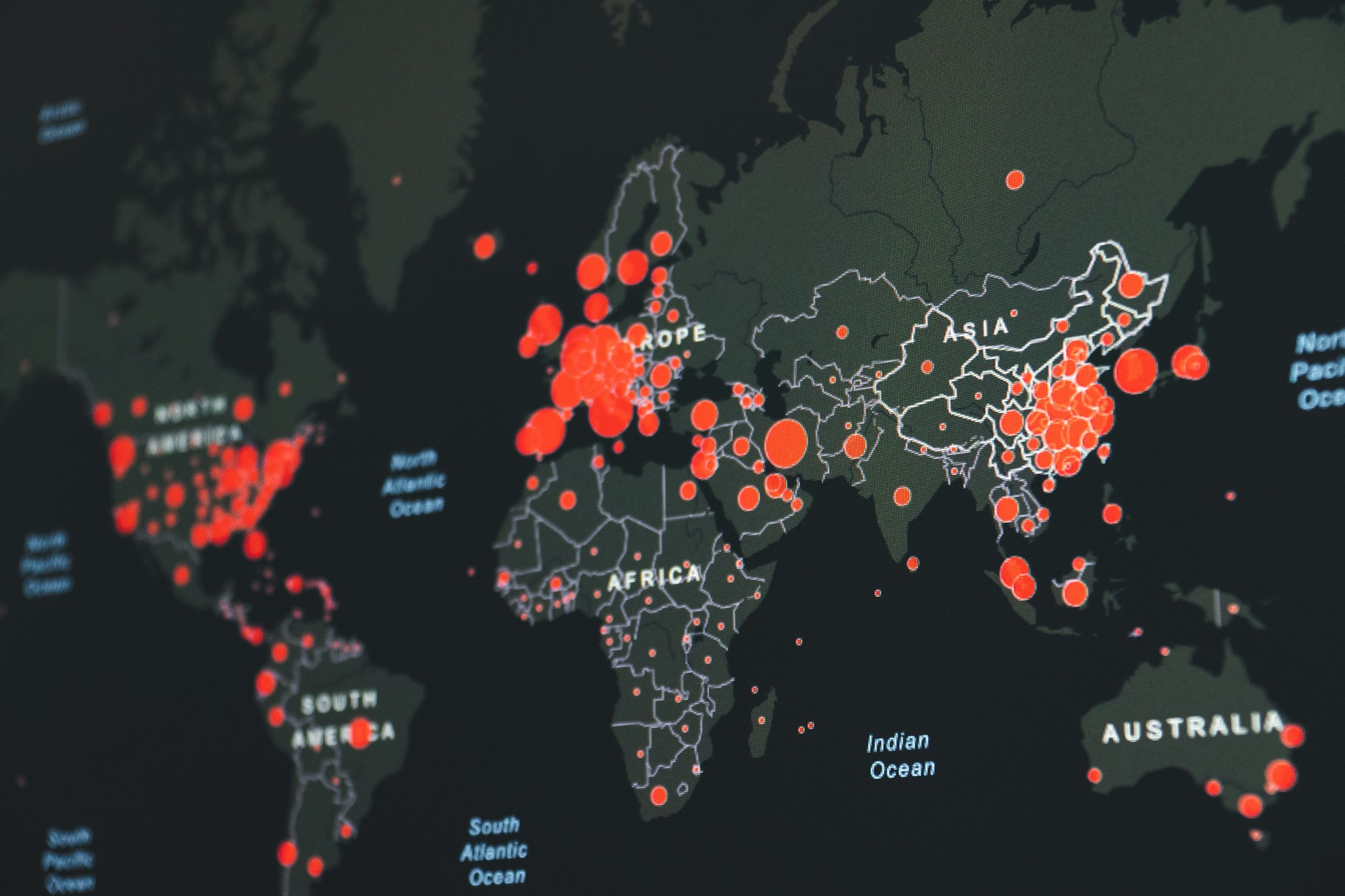Time, space, and activity -- Report from Merging Minds and Technology

This weekend I was in Boston at the Merging Minds and Technology conference along with a diverse crowd of over 500 other participants, all interested in the intersections of neuroscience and education. Many of these folks were K12 teachers, along with a contingent of higher education people and some from the neuroscience community.
My main purpose for being there was to give a session called "Time, Space, Activity: Redesigning College Classes for Flipped Learning Experiences". This talk includes a couple of new wrinkles in my standard take on flipped learning design. I've been thinking a lot lately about what makes flipped learning what it is --- not merely hashing out operational definitions but really capturing its essence. I've always said that it's about reallocating time and activity differently from traditional unflipped pedagogy. But since I've been at Steelcase, I've come to realize that space has a role to play too. The combination of time, space, and activity gave the talk its name, it it got me thinking about flipped learning in terms of a sort of coordinate system whereby we can identify learning experiences and talk about how our pedagogies "plot" those activities.
Here are the slides:
Here's the gist of the talk.
When you think about the learning experiences you've had, especially the transformative ones that you remember the most, they have three distinguishing characteristics: time (when it happened), space (where), and activity (what you and/or other people were doing and not doing when it happened). We can combine "time" and "space" for now into what I call context which refers generally speaking to how the experience is situated in your life.
"Context" is sort of a replacement for "class time". We often speak of stuff that happens "in class" or "out of class"; but with online and hybrid courses, or learning experiences not connected to school at all, these terms don't quite fit. Individual context experiences are those that the individual owns: This includes the usual like doing homework by yourself away from class, but also includes things like choosing to work on homework with your roommate --- although you aren't alone, working with another person outside the context of a formal class meeting is an individual choice. By contrast, group context experiences are those that are owned by a formal group: Again this applies to the usual recurring face-to-face class meetings --- even if you show up for class and do nothing but take notes, it's still a group context. (Please note, I don't mean these to be operational definitions and have no intention of making them rigorous. They are just categories.)
The remaining element of a learning experience, activity, refers to whether the experience is active or passive --- whether you are or are not a player in the construction of knowledge.
Both context and activity can be put along continua, with context ranging from 100% individual to 100% group and activity ranging from 100% passive to 100% active. (Probably all learning experiences are somewhere in between the extremes.) Putting those two continua together gives a 2D coordinate system (slide 8 in the deck) with four quadrants for the combinations of individual-group and passive-active, and you can actually plot learning experiences on the plane. For example, working concertedly on homework in your apartment is in the second quadrant (individual-active) while the Ferris Bueller econ lecture is quadrant IV (group-passive).
I asked the people in the talk, and I ask you, think about the most meaningful and transformative learning experiences you've ever had and then figure out where they should be plotted. I've given this talk now three times (once in Boston and twice here at Steelcase) and 95% of the responses are in the "active upper half plane" --- either individual-active or group-active.
So if this upper half-plane is where our most meaningful experiences reside, then why do we design our courses deliberately to avoid it? We spend the group context (class time, if you teach a face-to-face class) on low-level tasks very often in a passive manner, and then give high-level tasks to students to do in their individual time, and we like to think that students do active work individually but the fact is that we have no idea, because we are not present. It's probably straddling the x-axis in reality, so our courses are a combination of group-passive and individual-whoknowsbutprobablypassive.
The purpose of flipped learning, then, is to get this situation reversed --- to reallocate contexts so that students work actively in their individual contexts to learn the basics and then work actively in the group context to push it higher. So we end up in that upper half-plane where the transformative experiences tend to live.
There are some other thoughts in this talk that I'll flesh out in another post, particularly the demands that flipped learning places on physical classroom space. You can see that in the last few slides. For now, suffice to say that it's important to collocate our course design with the natural habitat of powerful learning experiences, and that's in the end what flipped learning attempts to do.


